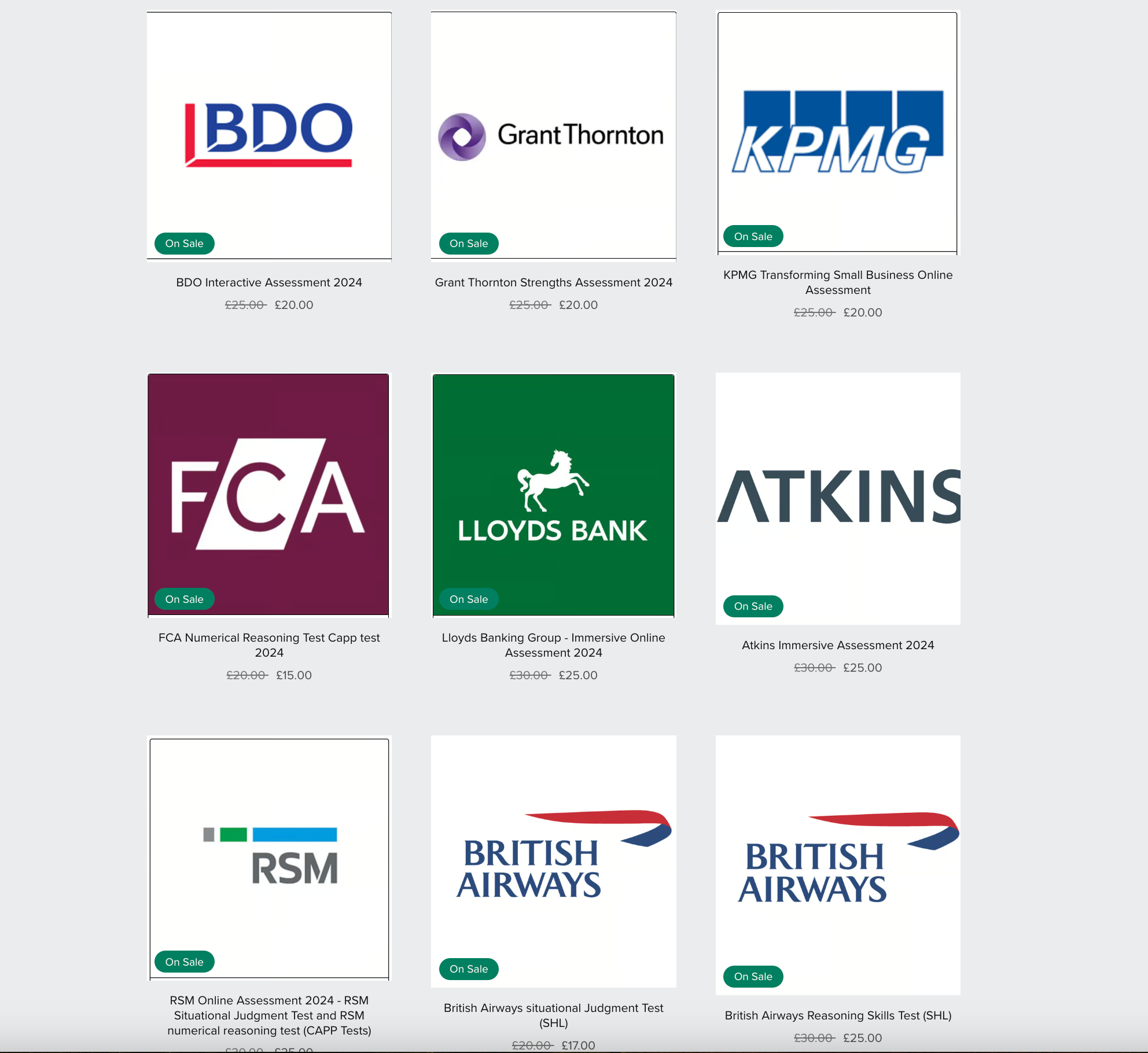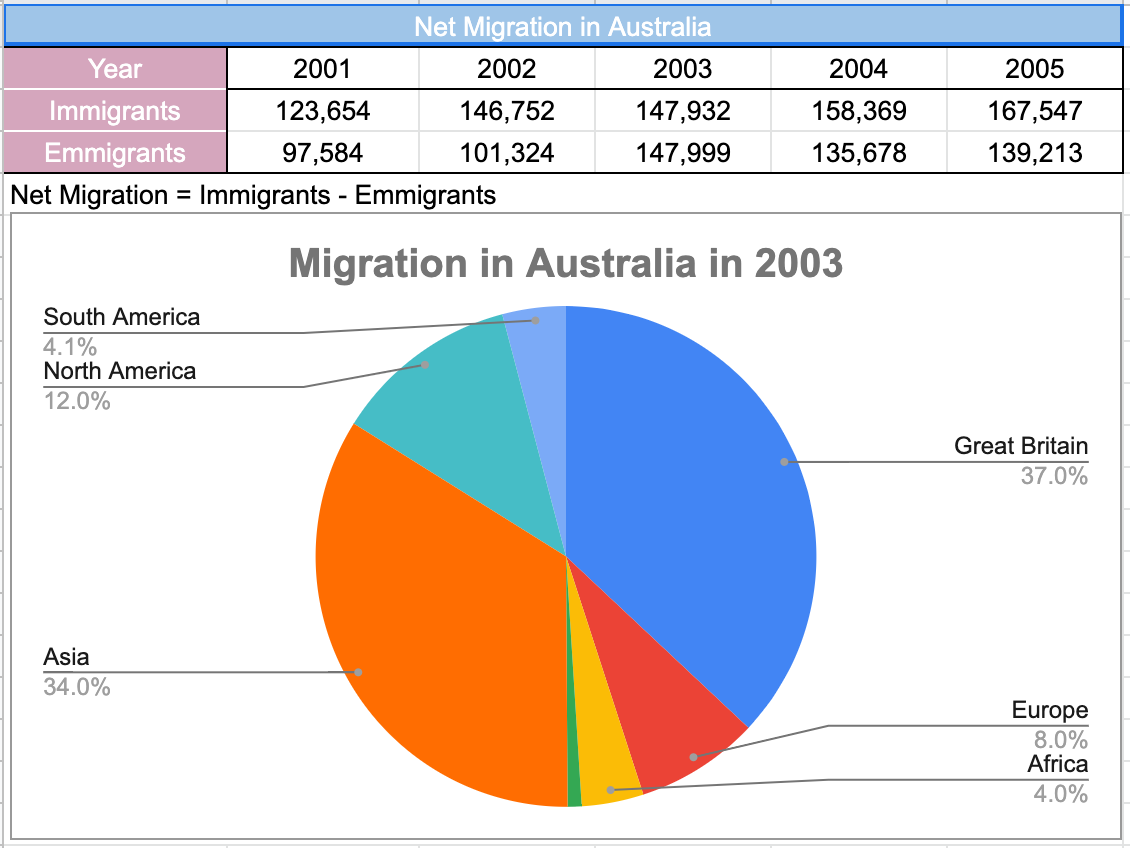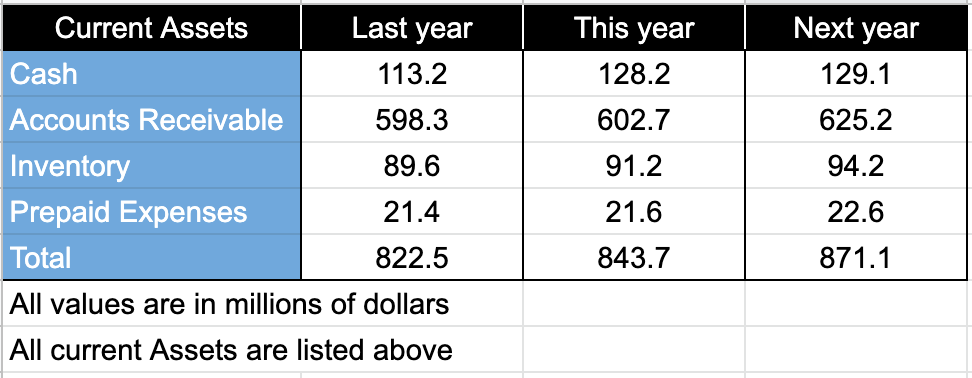20 Free SHL Practice Numerical Reasoning Test Questions to ace any graduate job assessment
Get the company-specific Online Assessments here

About the SHL numerical reasoning test
- SHL numerical tests aim to measure critically a candidates numerical reasoning skills in a given time frame and sometimes under observation.
- You will be required to decipher graphs, numerical tables and data charts and answer questions relating to the data presented.
- Numerical operations are also tested by SHL which involves multiplication, division, fractions, percentage increases and decreases, and ratios.
- SHL numerical reasoning tests can be taken online unsupervised or in assessment centres where the test is usually supervised.
- SHL Verify ™ is an online system SHL use which is used to save testing time and increase test security.
- SHL Verify numerical tests randomly draw questions from a large database of numerical questions of equal difficulty, so that the chance of any two candidates seeing exactly the same test is very slim. This approach protects against piracy and reduces the risk of cheating by candidates.
- Included as part of the SHL Verify range of numerical tests is a supervised follow-up test which can be given to candidates after taking an unsupervised test to verify that they were indeed the same person who achieved the score in the unsupervised test.
- SHL uses independent security and forensic specialists to guard against candidate cheating.
SHL numerical reasoning practice tests
- Each candidate is given the option to take a practice test before sitting the numerical reasoning test, the practice test is provided by SHL as part of the online aptitude test pack.
- The idea is to make the candidate feel at ease and allow for full potential and candidates ability to perform without any anxiousness or stress from unexpected surprises during the test process
- Worked solutions and answers are not provided to protect fraudulent behaviour however practising the examples will allow you to familiarise yourself with the nature of the tests.
- If you are asked to take an SHL numerical test, it is good practice to issue each candidate with example questions. So if you do not get the opportunity to practice make sure you ask the employer or SHL for some practice questions.
Why practise SHL numerical reasoning tests?
- By practising for your SHL numerical test you are more likely to perform your best. You will become familiar with the type of questions and the numerical operations required and you will become used to how time-pressured SHL tests are.
- Practice will give you the best possible chance to show your numerical ability. Since time is a critical factor in SHL numerical tests, if you are able to start a test with a good idea of what the test will look like and the questions it will contain, you will save yourself some vital seconds compared with those who have not practised and do not know what to expect.
- Preparing for an SHL situational judgement test is less about practice and more about familiarity with the test, since it is difficult to alter one's innate sense of how to react in different scenarios.
SHL Practice Questions - Gumroad Link
Get 45 questions for only £10 - real shl questions including numerical reasoning, verbal reasoning, and logical reasoning practice questions in a PDF format you can own forever, get it here on payhip
20 Free Practice SHL Numerical Reasoning Test Questions

Question 1: What was the net migration over the 5 year period?
A. 122,456
B. 112,456
C. 89,836
D. 122,389
Question 2: During which year did immigration grow by 5.80% from the prior year's figure?
A. 2002
B. 2003
C. 2004
D. 2005
Question 3: The Federal Government set a target that in 2004 and 2005 they wanted migration to be at least 15% higher than emigration. Did they achieve this target and if so when?
A.No
B.Yes, in 2005 only
C.Yes, in 2004 and 2005
D.Yes, in 2004 only
Question 4: How many immigrants didn't come from North America or South America during 2003?
A. 23,817
B. 124,115
C. 132,872
D. 25,497
Question 5: Assume that in 2005 there is a change in government policy which bans immigration from North America. If the migration patterns are the same as in 2003, except that no one migrates from North America, how many people approximately migrate from Africa?
A. 5712
B. 8956
C. 6701
D. 7615
All content beyond this line is for members only - Subscribe for free to practice all the test questions

Question 6: What will be the values (in millions of dollars) for Prepaid Expenses and Inventory, respectively, in the following year (1 year after the Next year) if they increase at the same percentage as they had on average in the last two years?
A. 22.9 and 94.6
B. 23.2 and 96.6
C. 24.5 and 98.6
D. 25.2 and 97.2
Question 7: What was the difference between the Total Current Assets this year and Total Current Assets last year?
A. 212
B. 19.8
C. 23.4
D. 20.2
Question 8: Prepaid Expenses can be unpacked into General Insurance and Other. If General Insurance is always 34% of Prepaid Expenses, what was the value for Another last year, this year, and next year?
A. 14.124, 14.386, 14.524
B. 14.124, 14.256, 14.916
C. 7.276, 7.344, 7.684
D. 14.256, 14.256, 14.916
Question 9: We fast-forward to Next Year and now the company has actual values that it compares to its forecasts. Suppose that in comparison to the actual values for the Next Year, the forecasted values are as follows: Cash 11% too high, Accounts Receivable 5% too high, Inventory 1% too low, and Prepaid Expenses 3% too high. What are the actual values?
A. 116.31, 595.43, 95.15, 21.94
B. 118.21, 594.32, 94.12, 21.65
C. 117.45, 590.02, 92.12, 22.45
D. 112.78, 596.12, 94.12, 22.45
Question 10: Which current asset is expected to grow by the largest percentage from This Year to Next Year?
A. Prepaid Expenses
B. Inventory
D. Cash
C. Accounts Receivable



